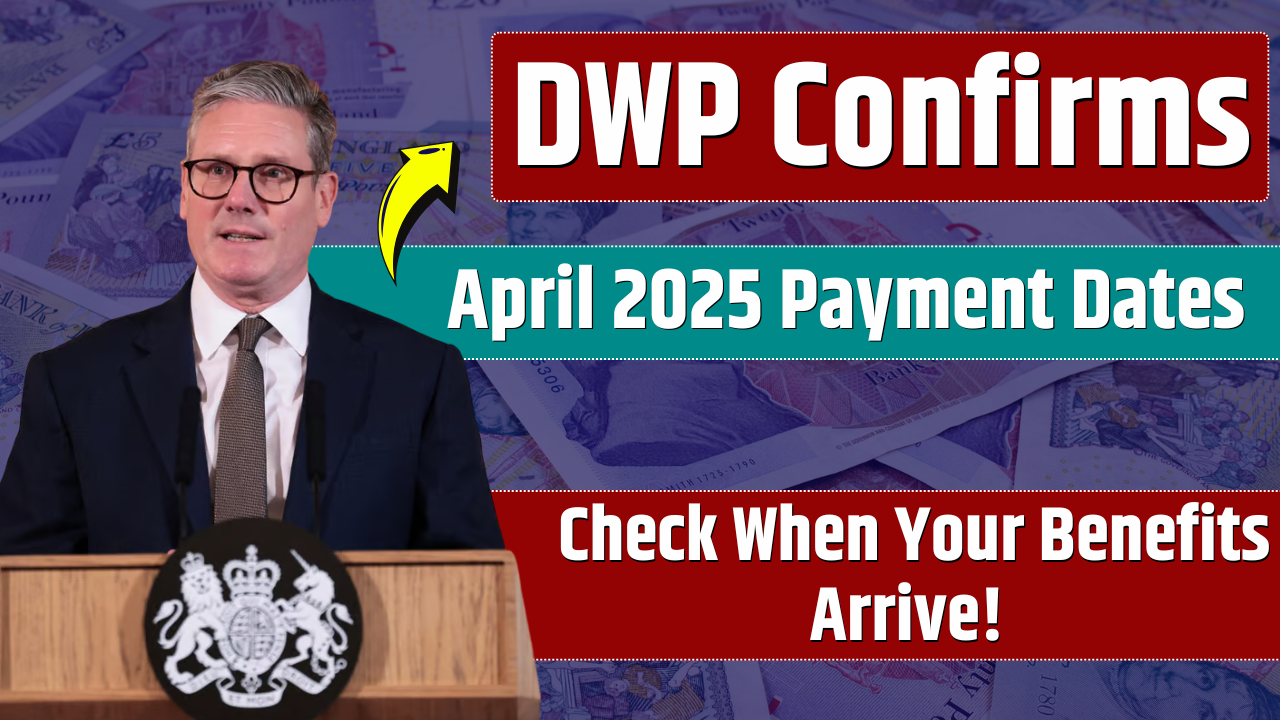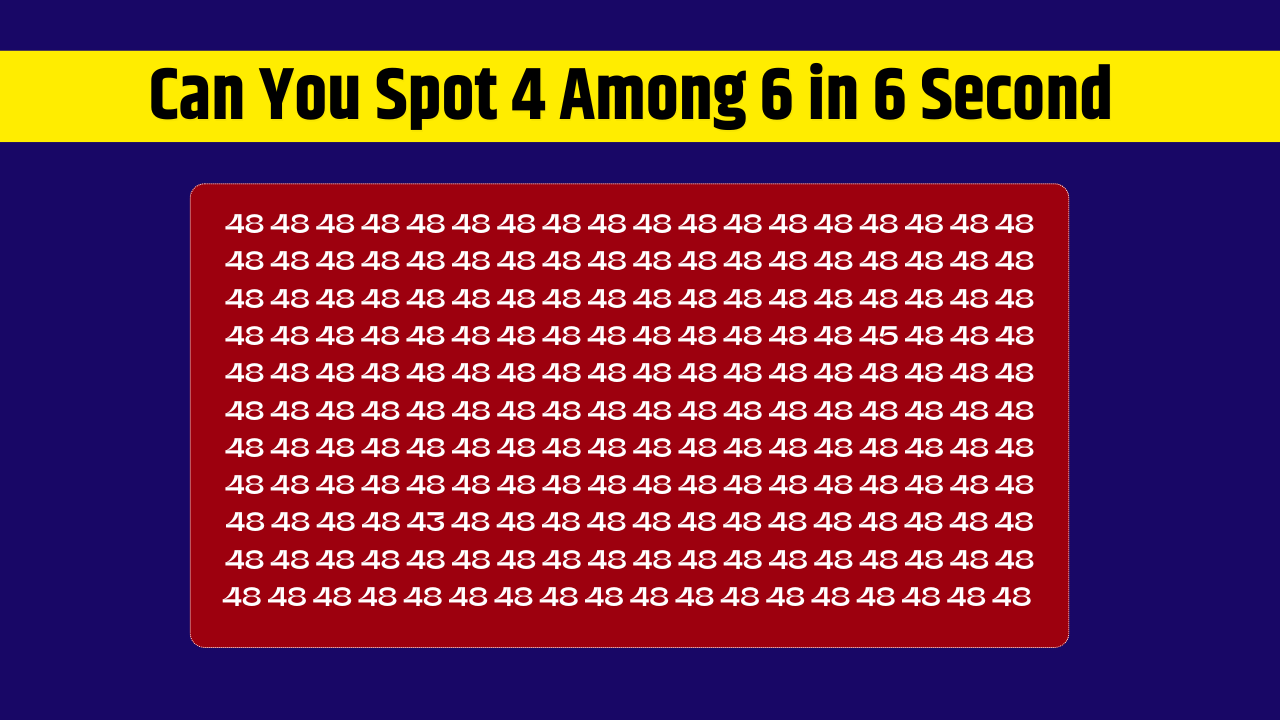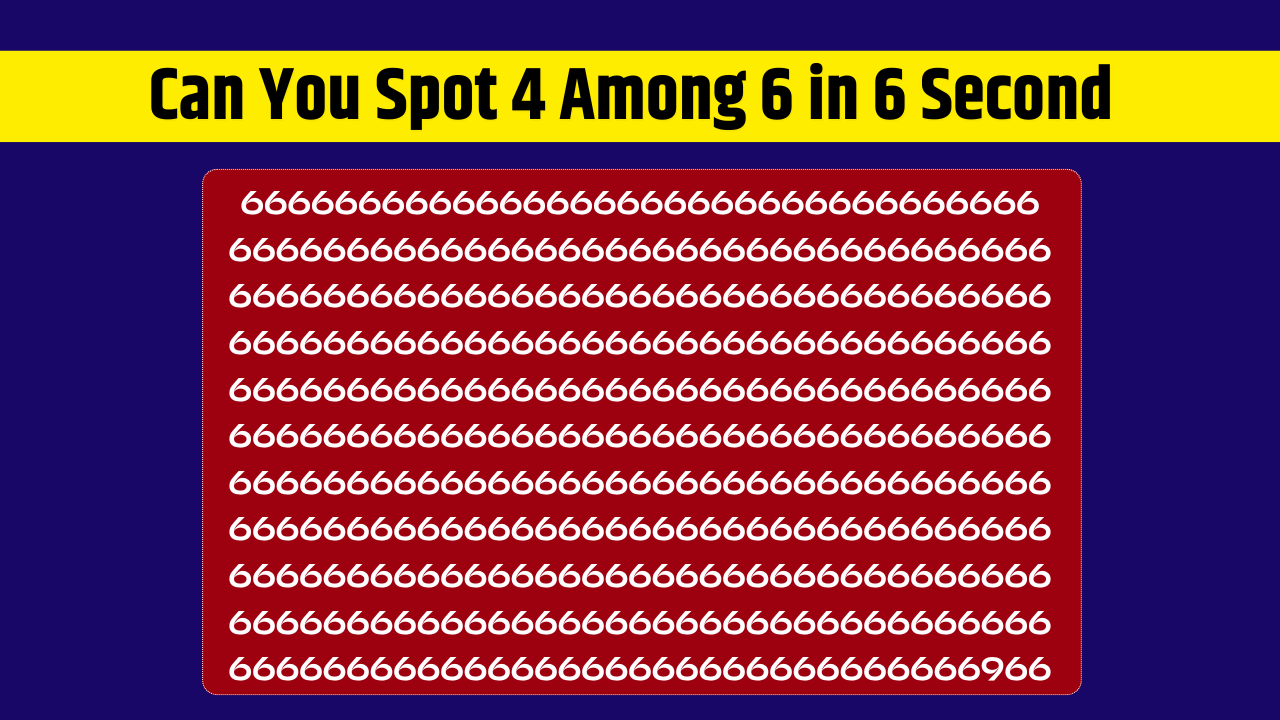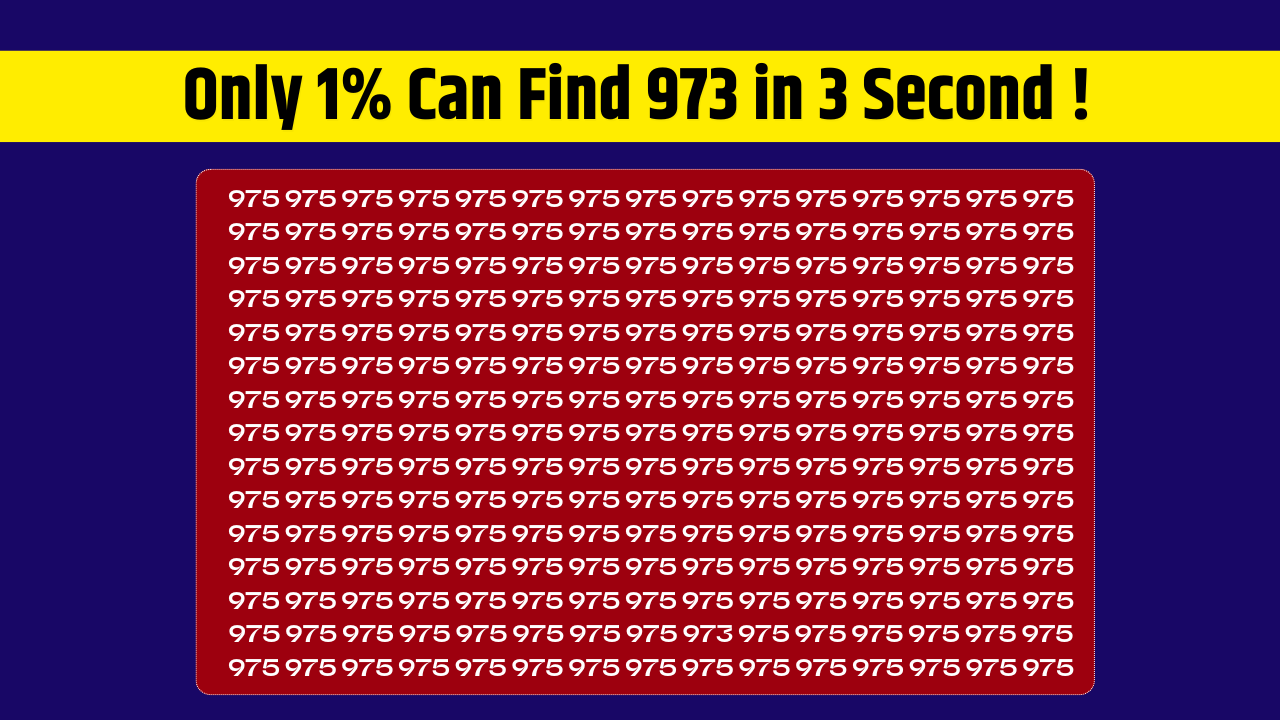With Easter falling in April 2025, the UK Department for Work and Pensions (DWP) has announced changes to benefit payment dates, alongside increases in benefit rates and the extension of financial support programs. Whether you receive a State Pension, Universal Credit, or Disability Living Allowance (DLA), these updates could affect when and how much you get paid.
Here’s what you need to know to stay ahead and financially prepared.
When Will April 2025 Benefits Be Paid?
The Easter holidays in 2025 fall on Good Friday (April 18) and Easter Monday (April 21). If your benefit payment is due on either of these bank holidays, you’ll be paid early on Thursday, April 17, 2025. This includes payments like:
- Universal Credit
- State Pension
- Personal Independence Payment (PIP)
- Disability Living Allowance (DLA)
- Employment and Support Allowance (ESA)
- Jobseeker’s Allowance (JSA)
- Carer’s Allowance
If your usual payment date doesn’t fall on a bank holiday, you’ll receive your benefits as normal.
What Increases Are Coming in April 2025?
To support households amid rising living costs, the government is increasing benefit rates from April 2025. Here’s a breakdown of key changes:
State Pension – Up 4.1%
The State Pension will rise in line with the triple lock (whichever is highest among inflation, wage growth, or 2.5%). For 2025, this means a 4.1% increase.
| Type of Pension | 2024-25 Weekly Rate | 2025-26 Weekly Rate (Est.) |
|---|---|---|
| Full New State Pension | £221.20 | £230.25 |
| Full Basic State Pension | £169.50 | £176.45 |
Estimates based on 4.1% increase; final rates will be confirmed by the DWP.
Universal Credit – Up 1.7%
Universal Credit and most working-age benefits will increase by 1.7%, reflecting the inflation rate from September 2024.
| Household Type | Current Monthly Rate | 2025 Monthly Rate (Est.) |
|---|---|---|
| Single under 25 | £311.68 | £316.97 |
| Single 25 and over | £393.45 | £400.13 |
| Couple both under 25 | £489.23 | £497.55 |
| Couple one or both over 25 | £617.60 | £628.09 |
Other benefits such as ESA, JSA, PIP, and DLA will also increase by similar percentages.
Lower Deductions from Universal Credit
Currently, up to 25% of your Universal Credit can be deducted to repay debts to the DWP. Starting April 2025, this cap will drop to 15%, allowing low-income claimants to keep more of their benefit payments.
Household Support Fund Extended
The Household Support Fund (HSF), which helps low-income families with food and energy costs, has been extended into 2025–2026 with a budget of £742 million.
How to Apply:
- Visit your local council’s website
- Look for “Household Support Fund” or “Crisis Grants”
- Apply early, as funds are limited and processed on a first-come, first-served basis
Even if you’re not claiming Universal Credit, you may still qualify based on your financial circumstances.
What You Can Do Now
1. Mark Your Calendar
If your payment is due on April 18 or 21, expect to receive it on April 17 instead. Use bank alerts to track when it arrives.
2. Use a Benefit Calculator
Websites like Turn2Us and EntitledTo can help you check what benefits you’ll receive with the updated rates.
3. Apply Early for the Household Support Fund
Funds are limited, so apply as soon as possible once applications open in your area.
4. Budget the Increase Wisely
Even a small boost in benefits can make a difference. Consider using it for necessities like energy bills, food, or savings for emergencies.
These updates may not solve every financial challenge, but they can ease the pressure for many households. Make sure you’re aware of the changes, check your eligibility, and take action to get the support you deserve.
FAQs
Will my benefits be paid early because of Easter 2025?
Yes, if your payment is due on April 18 or April 21, it will be made early on April 17. Other payments will be made as usual.
Will the benefit increases happen automatically?
Yes. If you’re already receiving a benefit, you’ll see the increase applied automatically from April 2025.
Can I apply for the Household Support Fund even if I don’t get benefits?
Yes. Many councils allow low-income residents not receiving benefits to apply. Check your local council’s criteria.
Where can I check how much I’ll get after the April changes?
Use trusted tools like Turn2Us or EntitledTo to estimate your updated benefit amounts.







